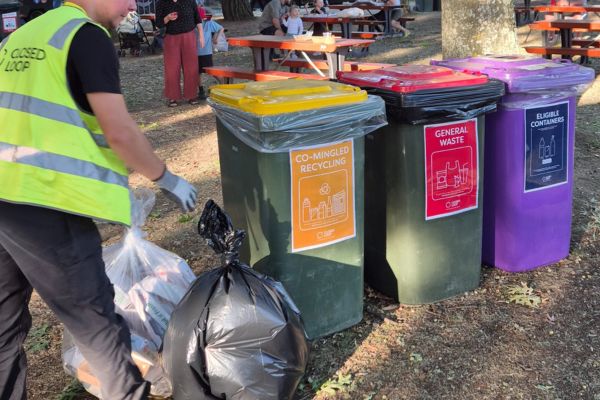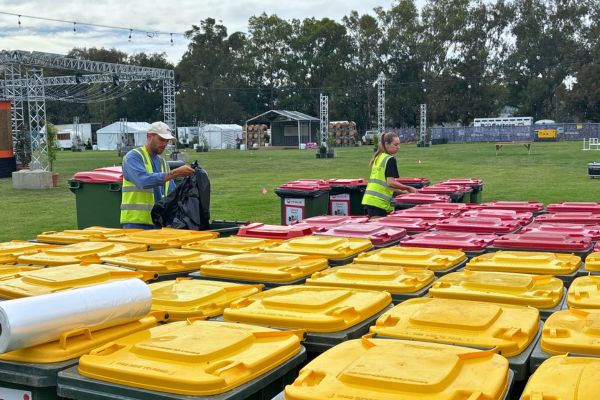What is EPR and how it affects your business
What is extended producer responsibility (EPR)?
Extended Producer Responsibility (EPR) is an approach that places the responsibility for a product’s entire lifecycle — including post-consumer waste — on the producer. This means that if your business manufactures, sells, or imports products or packaging, you’re expected to take accountability for what happens to those materials end-of-life.
The key objective of EPR is to shift the financial and physical burden of waste management upstream to producers, driving better product design, reduced waste, and improved environmental outcomes.
What is an EPR scheme?
An EPR scheme is the practical implementation of EPR through legislation, regulations, or voluntary industry programs. These schemes define how producers meet their responsibilities — such as reporting, payments, or recycling targets. EPR schemes vary by product type and jurisdiction but are unified by a common goal: to make producers part of the solution to the growing waste challenge.
How EPR schemes can directly impact your business:
1. Product and packaging redesign
EPR encourages end-to-end product analysis and consideration, from design to disposal. Businesses adopting EPR are more likely to produce circular products.
2. Access to better recycling infrastructure
EPR schemes often fund the development of improved recycling and recovery systems. Participating businesses may gain earlier access to these resources, helping them meet targets more efficiently.
3. Improved market position
Today’s consumers are more environmentally aware. Businesses that take visible, proactive steps toward sustainability under EPR frameworks can improve their brand image and build stronger customer trust.
4. Regulatory compliance
There are various product lifecycle regulations and responsibilities. Engaging with EPR schemes can improve reporting, transparency and awareness; ensuring compliance with relevant regulations.
5. Financial responsibilities
Engaging in an EPR scheme means your business becomes financially responsible for the end-of-life management of the products or packaging you place on the market. This could include covering costs related to collection, recycling, or safe disposal, often through scheme participation fees.
Engaging in a scheme can offset eco-modulated fees, where businesses pay based on the environmental impact of their inputs. Designing with sustainability in mind can reduce these fees — and the overall cost of compliance.
Additionally, products designed with sustainability in mind may command higher consumer value, as demand continues to grow for brands that take environmental responsibility seriously.
EPR’s impact across Australia
While EPR is a policy approach, the EPR schemes that will be introduced across Australia are becoming key tools for environmental policy and economic transformation. Here’s how that’s taking shape:
- Stronger regulation: Australia is aligning with global leaders such as the EU by developing more robust and enforceable EPR schemes, which set out clear obligations for producers.
- Consumer influence: Public demand for sustainable products and corporate accountability is growing. Participation in EPR schemes is fast becoming a baseline expectation for businesses looking to build trust and credibility.
- Industry transformation: EPR schemes are prompting businesses to re-evaluate supply chains, material sourcing, and lifecycle impacts — leading to smarter, more sustainable product strategies.
- Infrastructure development: Government-backed EPR schemes are helping fund the next generation of recycling and recovery infrastructure. Businesses engaged early may gain access to better systems, data, and partnerships.
Looking ahead
Extended Producer Responsibility isn’t just about ticking regulatory boxes — it’s about rethinking how we manage products, materials, and their long-term impact. By actively engaging with the EPR schemes, Australian businesses can:
- Stay ahead of evolving compliance requirements,
- Reduce costs through smarter material and product design,
- Strengthen their brand and market position through visible sustainability action,
- And align with both national and global environmental priorities.








